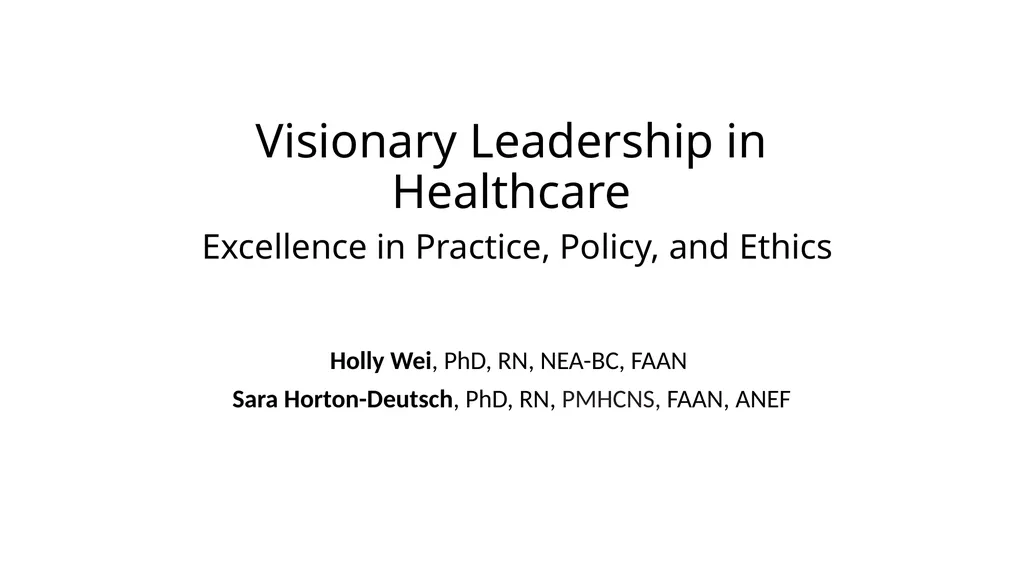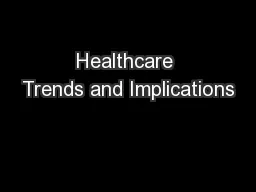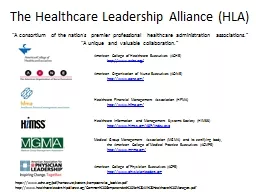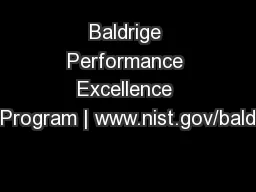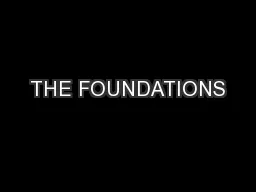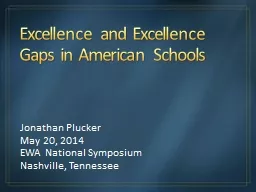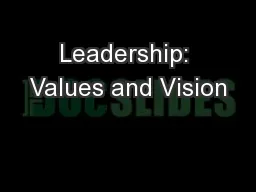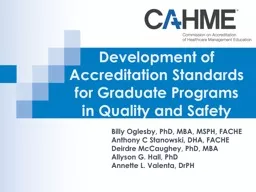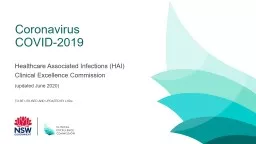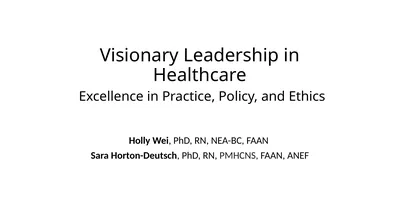Visionary Leadership in Healthcare Excellence in
Author : giovanna-bartolotta | Published Date : 2025-08-08
Description: Visionary Leadership in Healthcare Excellence in Practice Policy and Ethics Holly Wei PhD RN NEABC FAAN Sara HortonDeutsch PhD RN PMHCNS FAAN ANEF Chapter 14 Leadership in Disaster Preparedness and Response Contributors Carol
Presentation Embed Code
Download Presentation
Download
Presentation The PPT/PDF document
"Visionary Leadership in Healthcare Excellence in" is the property of its rightful owner.
Permission is granted to download and print the materials on this website for personal, non-commercial use only,
and to display it on your personal computer provided you do not modify the materials and that you retain all
copyright notices contained in the materials. By downloading content from our website, you accept the terms of
this agreement.
Transcript:Visionary Leadership in Healthcare Excellence in:
Visionary Leadership in Healthcare Excellence in Practice, Policy, and Ethics Holly Wei, PhD, RN, NEA-BC, FAAN Sara Horton-Deutsch, PhD, RN, PMHCNS, FAAN, ANEF Chapter 14. Leadership in Disaster Preparedness and Response Contributors Carol Ann King, DNP, MSN, BSN, FNP-BC, RN, NHDP-BC Gabrielle Dawn Childs, MA, MPH, RN, PhD candidate Michelle Taylor Skipper, DNP (AGPCNP & FNP), FNP-BC, NHDP-BC, FAANP Learning Objectives Contemporary global disasters and health implications Essential concepts and common language of disaster management Roles and responsibilities of nurses as leaders related to disaster planning and management Nurses’ roles in promoting and advocating disaster management policies Training and education programs to promote disaster management Implications to nursing practice related to interprofessional disaster planning and management What is a Disaster? Event that disrupts functioning, causes losses, and exceeds the capabilities and resources of the area or organization affected: Natural—hurricanes, tornadoes, floods, droughts, tsunamis Man-made—bioterrorism attack, malfunction at a chemical plant Determined by the magnitude of the impact, not the size of the event Contemporary Disasters COVID-19 global pandemic Hurricanes including Sandy, Harvey, Maria, Florence, Eta, Laura Earthquakes in Turkey, Greece, Nepal, and Haiti region Earthquake/Tsunami/nuclear power plant malfunction in Japan West Africa Ebola outbreak Disaster Planning and Management All-hazards approach Systematic process specific for the community or organization/agency Consider potential hazards, threats, and risks Proactive in planning/reactive when necessary Includes identification of all available resources and gaps Goals of Disaster Management Prioritize efforts to: Reduce loss of life Minimize property damage Minimize environmental damage Protect communities from all hazards Key Missions: Prevention Protection Mitigation Response Recovery Risk Assessments: Vital to Planning FEMA’s National Threat and Hazard Identification and Risk Assessment (THIRA)—guide for communities: Identify potential hazards and threats Assess potential severity Assess vulnerabilities to community health Health Impacts of Disasters Short-term: unsafe drinking water, limited food, limited healthcare, safety compromised, closure of essential services Long-term: closed businesses, loss of jobs, loss of homes and stability Primary: injury, death, or destruction directly attributed to the disaster, such as drownings after a flood, building damage after an earthquake Secondary: after-effects of the disaster, such as cholera outbreak after the Haitian area earthquake Physical & Psychological Impact of Disasters Access to services may be limited, including pharmacies to provide medications Stress of the event can lead to post-traumatic stress, insomnia, anxiety, substance abuse, and depression. Nurses need to know their community population, identify those at risk, and advocate for pre-disaster planning to help
